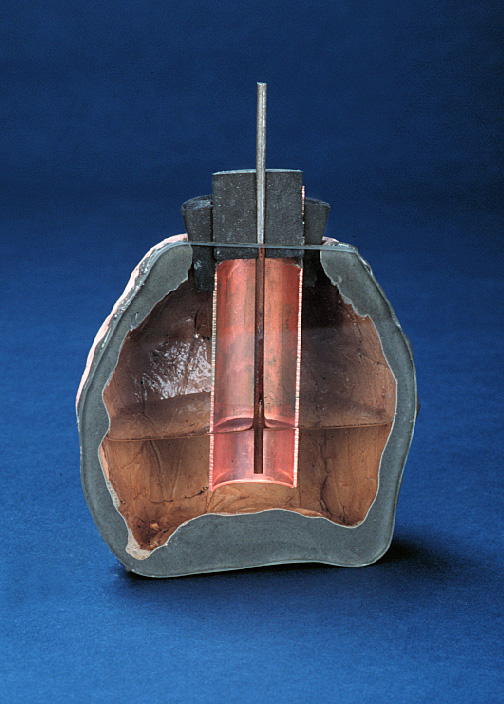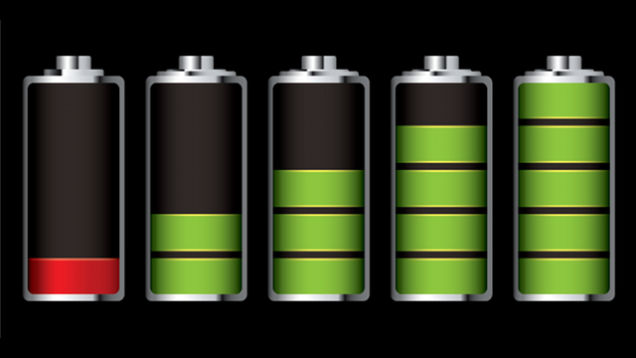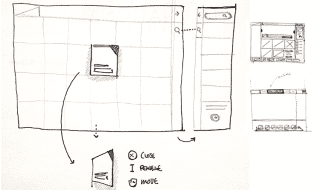
Batteries – a technology so ubiquitous that none of us ever stop to think just how incredible they are.
When you hold a battery in your hand, whether that’s a standard AAA battery for your TV remote or an RS 9V battery for your smoke alarm, you’re basically holding a small chemical reactor. Batteries store chemical energy and convert it into electricity – a process which us average Joes have zero understanding of but happily accept when we’re powering our electronic devices.
Needless to say, batteries have come a long way over the years and are set to play a massive role in our future, too. Here’s a brief look at the history of these essential mini chemical reactors.
The evolution of batteries through the years

Would you believe the history of the battery dates back as far as 250BC? In 1938, the “Baghdad Battery” was found by the Director of the Baghdad Museum and analysed to be over 2,000 years old. It was made up of a ceramic pot, a tube of copper and a rod of iron. It’s use remains unclear – with best guesses being electroplating or electrotherapy.
The term “battery” was coined in 1749 by scientist and inventor Benjamin Franklin, while the first true battery was developed in 1800 by Italian physicist Alessandro Volta. From that point, the lead-acid battery – a device still used in most internal combustion engine cars today – was invented in 1859, before lithium and lithium-ion batteries (1912) and alkaline batteries (1955) came about.
The impact of batteries in technology today

Despite first surfacing in 1912, lithium-ion (li-ion) batteries were only released commercially in 1991. Li-ion batteries dominate today’s rechargeable battery industry, and demand is growing rapidly for increasingly durable and cheaper li-ion technology to support the electric vehicle market and grid energy storage applications. Indeed, the ever-cheapening cost of EVs relies heavily on li-ion battery development and production, with an increasing focus expected in the coming years.
Alkaline batteries are also still readily in use in the domestic market. Your average AA battery used for many household devices is alkaline and is effective for powering low power devices for significant periods of time.
The future of batteries

With the future of the world becoming increasingly electrified, batteries are set to play a critical role in helping our increasingly demanding cars, phones, laptops and more work more efficiently and for longer.
Many new battery technologies are in development, including NanoBolt lithium tungsten (faster and better energy storing), zinc manganese oxide (increased energy density at no extra cost), organosilicon electrolyte (safer to use) and gold nanowire gel electrolyte (better recharging durability) batteries.
Put simply, battery technology is being improved in every key dimension. Longer lasting, more power efficient, more powerful and, most importantly, more cost effective.
So, next time you’re changing the batteries on your TV remote, you can take a moment to appreciate one of the greatest technological inventions ever, sat there in the palm of your hand.




